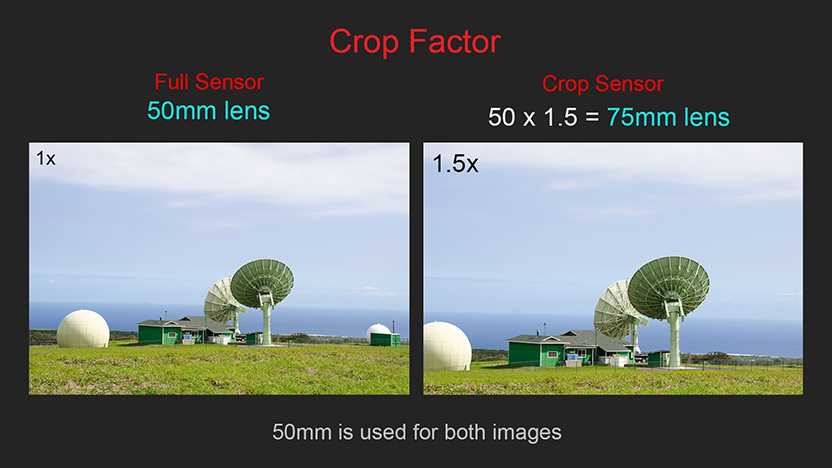


And feel free to submit questions of your own. You can find answers to other interesting questions by visiting Berman’s website. UPDATES (also in annotations): 4:02 Technically, the Canon EF-S specs allow for lenses that would hit the larger mirror Show more. A 35mm lens casts a circle of light which can fully cover a 35mm sensor on the focal plane. You’ll see why Bergman typically avoids crop mode on full-frame cameras, but he admits there are a few advantages of doing so and explains what they are. In other words, “it’s actually the exact same thing as if you shoot full-frame and crop the image later on the computer.”īergman also discusses the ramifications of using crop sensor lenses on full-frame bodies, and addresses the original question about crop mode being the same as a longer lens. In some crop lenses, this distance is shorter and the rearmost lens element is therefore nearer to the sensor. This focal length is often referred to as the Effective Focal Length. Noting that his Canon R3 is a 24MP camera, he explains that by switching to APS-C crop mode you’re only capturing 9.3MP. 35mm x 1.6 similar framing to a 56mm lens on a full-frame camera body. My mm f/ lens, on a sensor, is equivalent to a 157.5mm f/2.1 lens. This portrait lens is comparable to the 85mm 1.8 lenses offered by. Just enter the focal length and maximum aperture of your lens and then choose a sensor size. For example, the Fuji X system (APS-C sensor with a 1.5 crop factor) offers the 56 1.2 lens. I know that the longer the focal length, the more the compression to features. He also explains how applying different aspect ratio options work when shooting in Raw.Īnother question some photographers have has to do with the impact of crop mode on resolution. Get the full-frame (35mm) equivalent focal length and aperture for different sensor sizes. However, I'm never sure if the post/article is describing results on a full frame or crop sensor. He also notes that full-frame cameras not only offer an APS-C crop mode, but they typically include several aspect-ratio options, like 1:1, 4:3, and 6:9.īergman describes exactly how a crop mode works with different types of lenses, and he provides a succinct demonstration of what aspect ratio settings do. With the new DSLR technology, manufacturers made large 35mm sensors so that people could continue using their lenses on new cameras and make the transition. In this episode from Adorama TV Bergman not only responds to the question with a detailed answer, but he explains why he generally avoids using the crop mode on his full-frame cameras. Today’s question is a common one that you may have asked yourself: ”On cameras that you can switch between full-frame and APS-C crop modes, is it the same as using a longer lens.”
#Crop lens on full frame pro
NY pro David Bergman regularly responds to queries from fans, and his responses often result in very helpful tutorials.


 0 kommentar(er)
0 kommentar(er)
